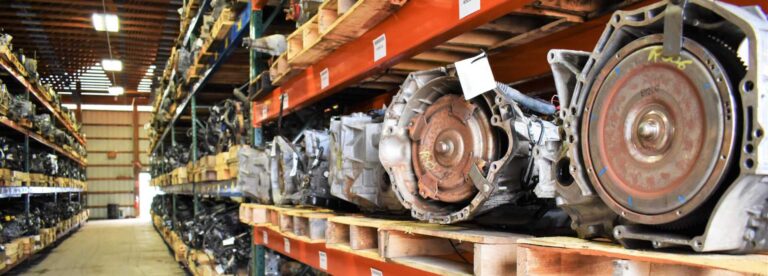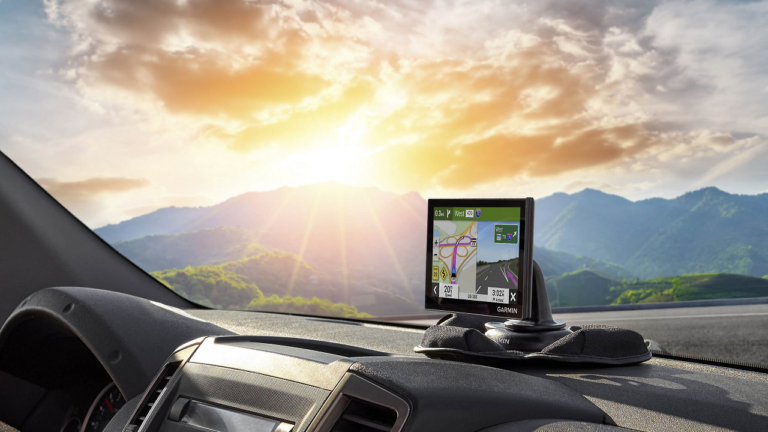Classic Automotive Restoration Projects: Bringing Vintage Icons Back to Life
Few experiences match the satisfaction of restoring a classic car to its former glory. Whether you’re breathing life back into a barn find or preserving a cherished family heirloom, classic automotive restoration projects are a rewarding blend of craftsmanship, passion, and patience. For car enthusiasts, restoration offers a chance to connect with automotive history, hone technical skills, and create something truly special. Whether you dream of a muscle car masterpiece or a vintage European cruiser, this guide explores what it takes to embark on a successful classic car restoration journey.
Why Classic Car Restoration Appeals to Enthusiasts Worldwide
Restoring classic cars is about more than just nuts and bolts it’s about preserving a piece of history. Every model has a story, reflecting the culture, technology, and craftsmanship of its time. For many restorers, bringing a classic back to life is a way of keeping automotive heritage alive for future generations. Beyond the emotional connection, classic restorations can also offer financial rewards, with well-restored vehicles often commanding premium prices at auctions and shows. Whether you’re restoring for passion or profit, the pride of completing a project is unmatched.
Choosing the Right Classic Car for Your First or Next Restoration
Selecting the right project is one of the most important steps in any restoration journey. Some classics, like Mustangs, Camaros, and Beetles, have extensive aftermarket support, making parts easier and more affordable to source. Rarer or exotic models may offer prestige but come with challenges like limited parts availability and higher costs. It’s essential to realistically assess your budget, skills, workspace, and timeline before selecting a vehicle. Matching your passion with practicality ensures the project remains exciting rather than overwhelming as it progresses.
Balancing Originality Versus Modern Upgrades in Restorations
One of the biggest decisions restorers face is whether to maintain originality or incorporate modern upgrades. A fully original restoration aims to return the car to showroom condition, often enhancing its value to purists and collectors. Restomod projects, on the other hand, blend classic styling with modern performance, safety, and comfort upgrades. Choices like disc brake conversions, fuel injection systems, and modern suspension can make vintage vehicles more practical for regular use. There’s no wrong path what matters most is aligning your build with your vision for how you plan to enjoy the finished car.
Essential Tips for Managing Time, Budget, and Expectations
Restoration projects are notorious for taking longer and costing more than originally planned. Careful budgeting, realistic timelines, and contingency planning are essential. Break the project into manageable phases bodywork, mechanical, electrical, interior to maintain momentum and stay organized. Whenever possible, invest in quality tools and reference materials like factory manuals or restoration guides. Joining online forums or local car clubs provides valuable advice and emotional support from people who have been through similar challenges. Remember, restoration is a marathon, not a sprint, and patience pays off in the finished product.
The Joy of Driving and Showing Your Completed Classic Project
The moment your restored classic car rolls onto the road for the first time is truly unforgettable. Beyond the personal achievement, classic car ownership opens doors to a vibrant community of fellow enthusiasts. From local car shows and weekend cruises to national concours events, there are countless ways to share your passion. Some restorers even turn their skills into businesses or side hustles, offering services to others in the community. No matter how you celebrate your completed project, the journey of bringing a classic back to life leaves lasting memories that few other hobbies can match.
FAQs About Classic Automotive Restoration Projects
Is it better to restore a car yourself or hire a professional?
It depends on your skills, budget, and goals. DIY restorations can be rewarding, but professionals deliver faster, often higher-quality results for complex projects.
How long does a full restoration typically take?
Most full restorations take anywhere from one to three years, depending on the vehicle’s condition, parts availability, and how much time you can dedicate.
Are classic car restorations a good investment?
While some restored vehicles appreciate significantly, restoration should primarily be driven by passion, as market values can fluctuate.
What’s the hardest part of restoring a classic car?
Finding rare parts, managing rust repairs, and staying motivated through long timelines are common challenges faced during restorations.
Can I modernize a classic car without hurting its value?
Carefully selected upgrades like hidden air conditioning or improved brakes can enhance drivability without drastically hurting value, especially in restomod markets.



